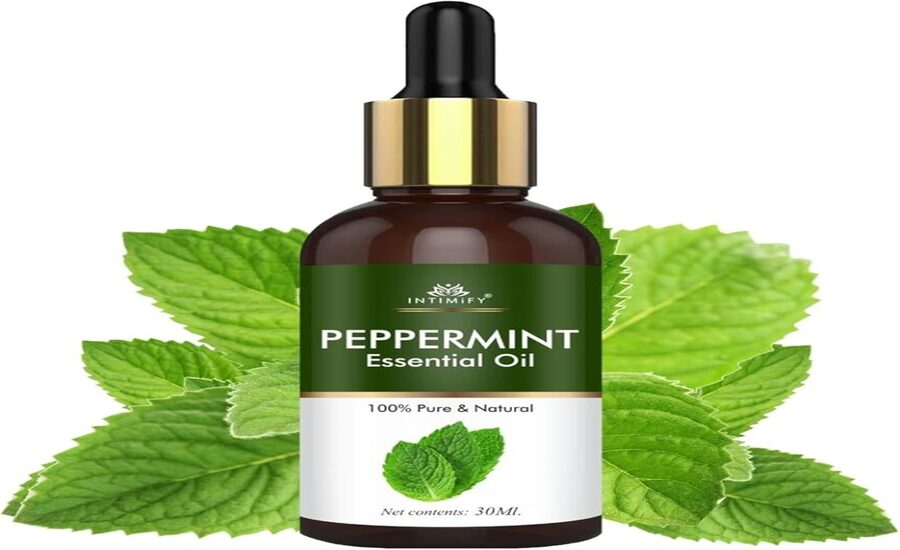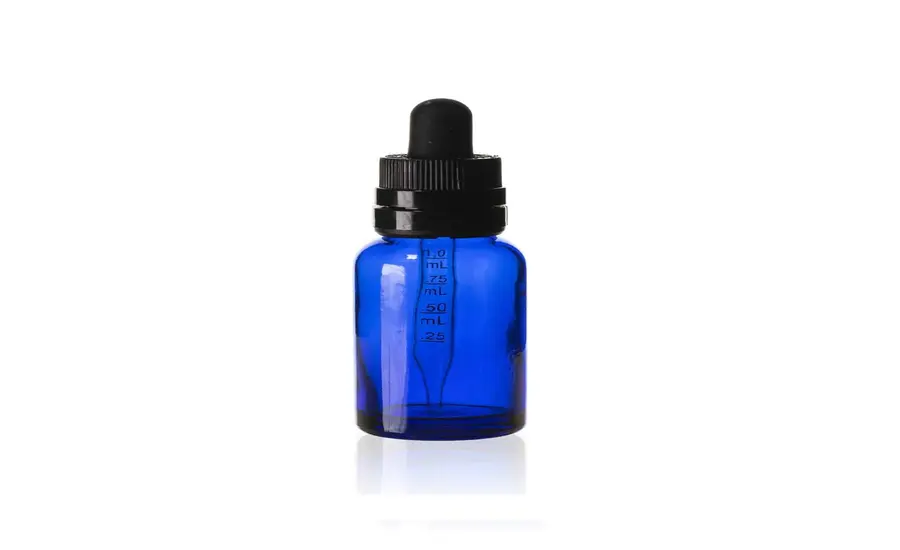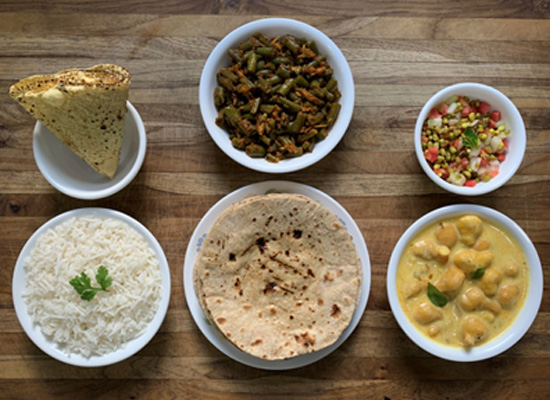The North American Pharmacist Licensure Examination (NAPLEX) is a crucial milestone for aspiring pharmacists. The exam tests not only the knowledge of pharmaceutical science but also the practical skills required in a professional pharmacy setting. One of the areas that students often find challenging involves the accurate conversion and rounding of units, particularly between milliliters (mL) and ounces (oz). This guide delves into the techniques, best practices, and key strategies for mastering this aspect of the exam, focusing on how to round mL in an oz for NAPLEX 30.
Understanding the Basics: Milliliters (mL) vs. Ounces (oz)
Before diving into rounding techniques, it’s important to have a clear understanding of the units involved. In pharmacology and everyday use, milliliters (mL) and ounces (oz) are common volume measurements, with milliliters being a metric unit and ounces being part of the imperial system.
- Milliliters (mL): A milliliter is one-thousandth of a liter. It is often used to measure liquids, including medications. It’s the most common volume unit in pharmaceutical calculations, especially for prescriptions and intravenous (IV) fluids.
- Ounces (oz): In the context of liquid measurement, one fluid ounce in the U.S. customary system equals approximately 29.5735 mL. This unit is commonly used in the U.S. to measure beverages and liquid medications.
A precise understanding of these conversions is essential for pharmacists when calculating doses, especially when medications are measured in one unit and need to be administered in another.
Conversion Formula: From mL to Oz and Vice Versa
The conversion between milliliters and ounces is straightforward but critical for accuracy in pharmaceutical calculations. The conversion formulas are:
- 1 oz ≈ 29.5735 mL
- 1 mL ≈ 0.033814 oz
When calculating, you may encounter the need to round these figures appropriately depending on the context, such as when preparing a dosage or converting a patient’s liquid medication intake. The rounding process plays a pivotal role in ensuring safe and effective dosing.

Why Rounding is Important in the NAPLEX
In the NAPLEX exam, you will frequently encounter questions that require you to perform unit conversions and apply rounding rules to ensure the correct dosage calculations. Pharmacists must be able to calculate accurate doses to avoid over- or under-medicating patients. Even small errors in unit conversion can lead to significant clinical consequences.
For example, suppose you need to calculate a dose of medication that a patient needs in ounces, but the prescription is given in milliliters. You must not only be able to convert these units but also round them correctly according to the standards set by the exam or practice guidelines.
Pharmaceutical calculations can involve decimals, and while accuracy is essential, dosing instructions often require rounding to the nearest whole number or a specified decimal place. Misinterpreting the rounding rules can result in an incorrect answer and, in real-life scenarios, potentially dangerous medication errors.
Rounding Rules: NAPLEX 30 Guidelines
In the NAPLEX, as in real-life pharmacy practice, rounding conventions are generally governed by clinical guidelines and the need for safety. Here are some common rounding rules to keep in mind:
- For Whole Numbers: If the digit following the rounding point is 5 or greater, round up. If it’s less than 5, round down.
- For Decimals: Depending on the context, you may be required to round to the nearest hundredth (two decimal places) or the nearest tenth (one decimal place). This is often seen when calculating dosages or IV flow rates.
- Clinical Relevance: Always consider clinical significance when rounding. For instance, in pediatric dosing or narrow therapeutic window medications, even minor rounding differences can be harmful.
In NAPLEX 30, rounding should align with these practices and be guided by the specific requirements presented in the question.
Real-Life Application: Rounding for Pediatric and Geriatric Populations
Pediatric and geriatric populations often require special attention in dosing calculations due to their unique physiological characteristics. In the NAPLEX, you may be tested on your ability to adjust doses for these populations, which involves both conversions and appropriate rounding.
Pediatric Dosing
In pediatric patients, even slight deviations in dosing can lead to adverse effects due to their smaller body size and developing organ systems. When converting milliliters to ounces or vice versa, precise rounding is crucial. For example, a dose of liquid medication prescribed in ounces may need to be administered in milliliters for accurate syringe measurement. Here, rounding the mL measurement to the nearest whole number might be necessary for practical dosing, but care must be taken to avoid under-dosing or overdosing.
Geriatric Dosing
For geriatric patients, age-related changes in metabolism and renal function often necessitate dose adjustments. Like in pediatrics, rounding in this population should aim for the most precise measurement possible, given that even small variations can lead to toxic effects or therapeutic failure. In NAPLEX 30, it’s not uncommon to find case scenarios that require accurate rounding of liquid doses for elderly patients, ensuring their safety and treatment efficacy.
Steps to Mastering mL to Oz Conversions
To effectively navigate questions involving mL and oz in NAPLEX 30, you need a systematic approach to conversions and rounding. Here’s a step-by-step guide to help you master this skill:
- Familiarize Yourself with Conversion Factors:
- Memorize key conversion factors, such as 1 oz ≈ 29.5735 mL. These values are critical to solving NAPLEX questions quickly.
- Understand the Question:
- Carefully read the problem to determine whether you need to convert from mL to oz or vice versa. Also, note any rounding instructions provided.
- Perform the Conversion:
- Use the appropriate conversion factor and calculate the result. For example, if you need to convert 100 mL to ounces, you would divide by 29.5735, yielding approximately 3.38 oz.
- Apply Rounding Rules:
- After obtaining the result, apply the rounding rules. In the above example, if rounding to the nearest tenth, you would round 3.38 oz to 3.4 oz.
- Double-Check Your Work:
- Always review your calculations, especially in a high-stakes exam like the NAPLEX. Even small mistakes can lead to incorrect answers.
Example Scenario
Let’s consider a practical example:
A prescription requires a patient to take 150 mL of liquid medication, but the dosing instructions on the medication bottle are provided in ounces. Convert 150 mL to ounces and round to the nearest tenth.
- Step 1: Use the conversion factor: 1 oz ≈ 29.5735 mL.
- Step 2: Divide 150 by 29.5735, resulting in approximately 5.0721 oz.
- Step 3: Round the result to the nearest tenth, which gives you 5.1 oz.
Thus, the correct dose to administer is 5.1 oz.
Avoiding Common Mistakes in Unit Conversion and Rounding
Pharmacy students preparing for the NAPLEX often make common mistakes in unit conversions and rounding. Here are some pitfalls to avoid:
- Misapplying Conversion Factors: Ensure that you are using the correct factor for the specific conversion. For instance, don’t confuse the fluid ounce with the weight ounce, as they measure different properties.
- Inaccurate Rounding: Be careful not to round too early in your calculations. Keep as many decimal places as possible during your conversion steps, and only round at the end according to the problem’s instructions.
- Over-Reliance on Memorization: While memorizing conversion factors is essential, practice applying these conversions in various scenarios to ensure you can perform them under exam conditions.
By avoiding these mistakes, you can enhance your confidence and performance when tackling unit conversion questions on the NAPLEX.

Key Tips for Success in NAPLEX 30 Unit Conversion
- Practice Regularly: The more you practice converting between mL and oz and rounding results, the more familiar and comfortable you will become with these calculations.
- Understand the Exam Context: In NAPLEX 30, questions related to conversions often include real-life pharmacy scenarios. Pay attention to the context, as it may provide clues about how precise your rounding needs to be.
- Use Estimation Techniques: In time-pressured exam settings, being able to estimate conversions quickly can save you time. For example, you may remember that 30 mL is approximately 1 oz, which can serve as a rough estimate before performing detailed calculations.
Quick Reference: Conversion and Rounding
To wrap up, here’s a quick reference for your NAPLEX preparation:
- 1 oz ≈ 29.5735 mL
- 1 mL ≈ 0.033814 oz
- Round to the nearest whole number, tenth, or hundredth as instructed.
- Keep decimals throughout calculations and round only at the end.
With consistent practice and careful attention to rounding rules, mastering the skill of converting and rounding mL in an oz for the NAPLEX will become second nature.
Conclusion
Rounding mL in an oz during the NAPLEX 30 exam is a key competency that tests not only your understanding of unit conversions but also your ability to apply precision in pharmaceutical practice. Through proper preparation, an understanding of rounding rules, and the ability to apply these concepts to practical scenarios, you can ensure success in this aspect of the exam. Whether you are calculating doses for pediatric patients or converting liquid medication volumes for geriatric care, mastering the art of converting and rounding mL in an oz is essential for becoming a competent pharmacist.
Stay Tunned with Creativeter










